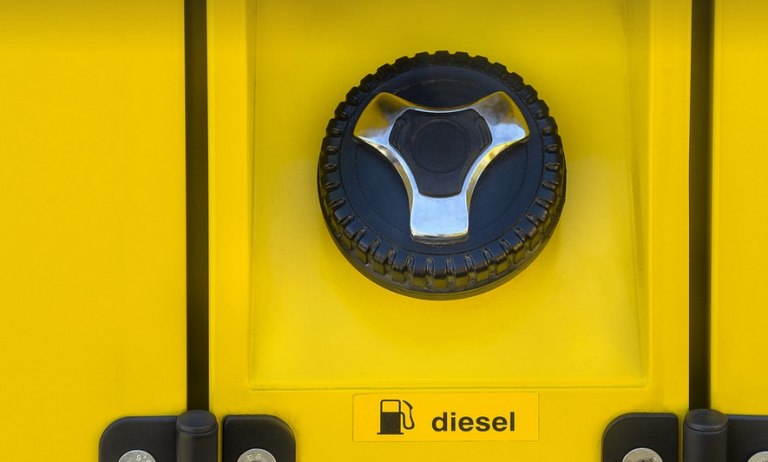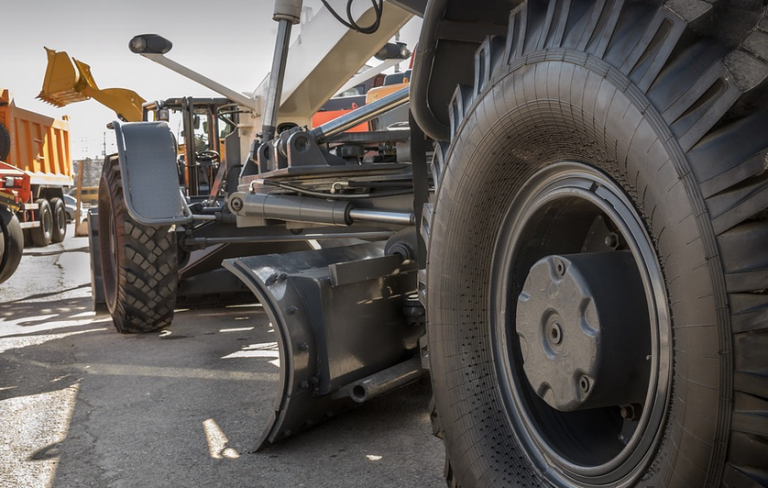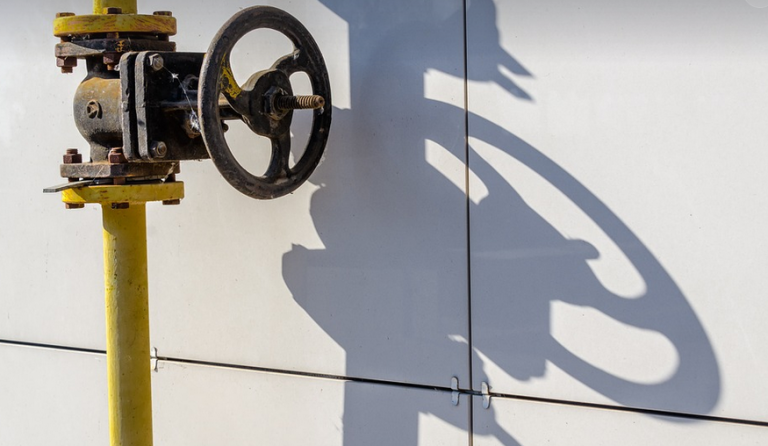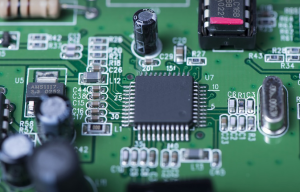What is TIG Welding & Why Do Filler Metals Matter?
TIG welding, also known as Gas Tungsten Arc Welding (GTAW), is a highly versatile process for joining metals. It’s known for its precision and the ability to create high-quality welds with minimal distortion on various materials. But even though TIG welding can produce stunning results, getting those perfect joins relies heavily on choosing the right filler metal.
Filler metals are like the finishing touches in your welding masterpiece. They’re crucial for achieving:
* **Fusion:** The filler metal fills gaps between base metals, creating a smooth and strong weld joint. * **Matching:** It bridges the gap between the base metals and ensures that the weld is visually seamless and blends in with the surrounding material. * **Strength:** Filler metal helps to strengthen the weld by adding alloying elements to create a solid bond.
Navigating the World of TIG Filler Metals
So, what exactly are these filler metals? Think of them as different ingredients you add to your welding recipe. They come in various forms and compositions to meet specific welding needs.
The most common TIG filler metals are:
* **Electrodes (Stick-Like):** These are commonly used for joining steel, stainless steel, aluminum, copper, and nickel alloys. They’re often sold in spools or cylinders. * **Wire:** A great option for welding thicker sections of materials like steel and stainless steel. Wire filler metals offer flexibility and versatility in handling.
Why Filler Metal Charts are Your Best Friend
There’s a reason why you see charts in all your welding manuals: the charts provide the crucial information that can help you choose the right filler metal for your specific welding project. Why is this so important?
* **Understanding Alloy Types:** Charts display the different alloy compositions of TIG filler metals, indicating which metals are best suited for various applications. * **Matching Welding Parameters:** Charts often highlight how the choice of filler metal plays a significant role in the welding process. These charts help you understand how heat input and other welding parameters interact with the specific filler metal.
Here’s why it’s essential to learn more about these charts:
* **Welding Compatibility:** These charts show which filler metals can be used with your chosen base metals, ensuring optimal performance. * **Weldability and Performance:** Charts reveal the characteristics of different filler metals such as melting point, deposition rate, and mechanical properties that influence weld quality.
Understanding Filler Metal Composition
Let’s delve deeper into the world of filler metal compositions. As we mentioned before, there are two primary types: stick-like electrodes and wire. Both provide advantages for different welding applications but have distinct characteristics:
* **Electrodes:** This category of filler metal comes in various types, including those containing copper, nickel, or chromium. These electrodes offer high performance and durability when welding mild steel.
* **Wire Filler Metal:** This versatile option is usually composed of a mixture of metals, like aluminum and magnesium alloys. You can choose wire based on the base metal you’re working with.
The Importance of Charts for Effective TIG Welding
Charts are more than just helpful visuals; they’re essential tools for achieving success in TIG welding. Here’s why
* **Weld Quality:** The charts help identify the most suitable filler metal based on the base materials and desired weld types. This ensures that your welds have the right strength, durability, and aesthetic appearance. * **Understanding Material Compatibility**: Charts showcase which filler metals work best with specific base metals to prevent unwanted reactions, ensuring smooth welding processes. * **Efficiency:** Charts simplify the selection process by highlighting the best filler metal options for different weld applications. This saves time and hassle during your welding project.
Chart Reading: A Step-by-Step Guide
Reading a TIG filler metal chart might seem daunting, but it’s actually quite straightforward with the right steps:
1. **Identify Your Base Metal:** Start by understanding which base metal you’re working with—this is crucial for selecting the appropriate filler metal.
2. **Look for the Filler Metal Chart:** There are dedicated charts that show different types of filler metals and their corresponding characteristics.
3. **Identify the Weld Type & Application:** Understand if you’re doing a weld on mild steel, stainless steel, aluminum, or other materials. This helps to find the best filler metal for optimal results in your specific project. 4. **Analyze the Chart:** Pay close attention to the chart – look at the welding parameters, the alloy compositions of different filler metals, and any associated information on performance characteristics.
5. **Choose the Right Filler Metal:** Select the filler metal based on the recommendations from the chart. Make sure it aligns with your base metal type, desired weld types, and specific project needs.
Choosing the right filler metal can increase the efficiency of your TIG welding process and ensure high-quality welds. So don’t forget to consult these charts for guidance.
Remember, mastering the art of TIG welding is a journey that requires practice and attention to detail. But with the help of these charts, you’ll be well on your way to achieving welding excellence.
Let me know if you have any specific questions! I’m here to help!



















